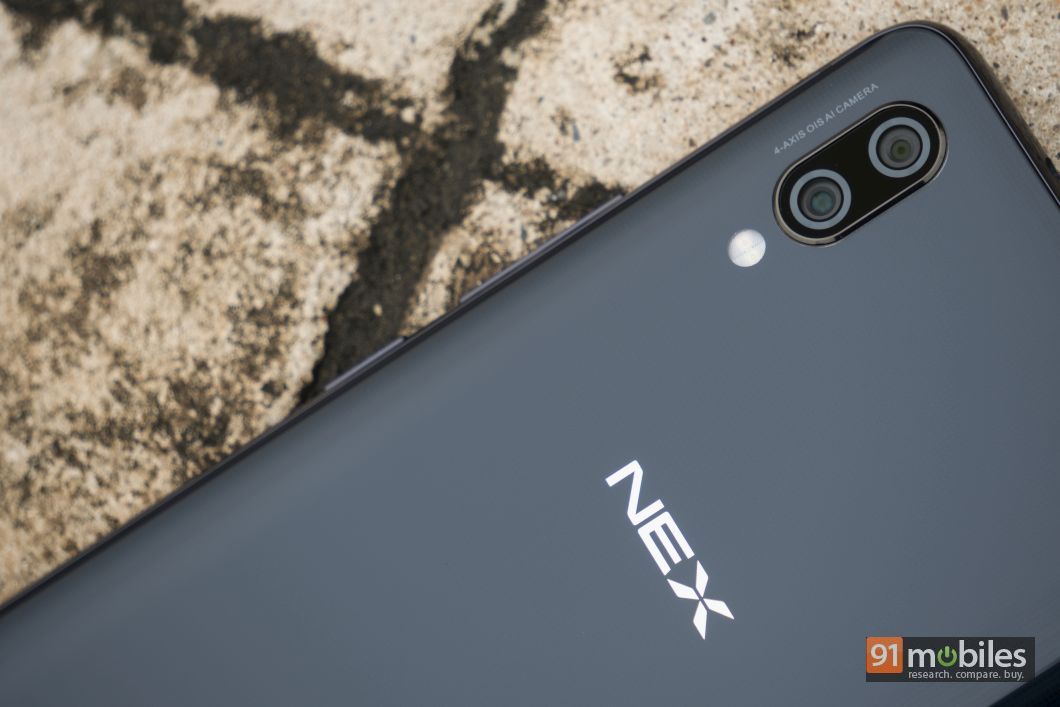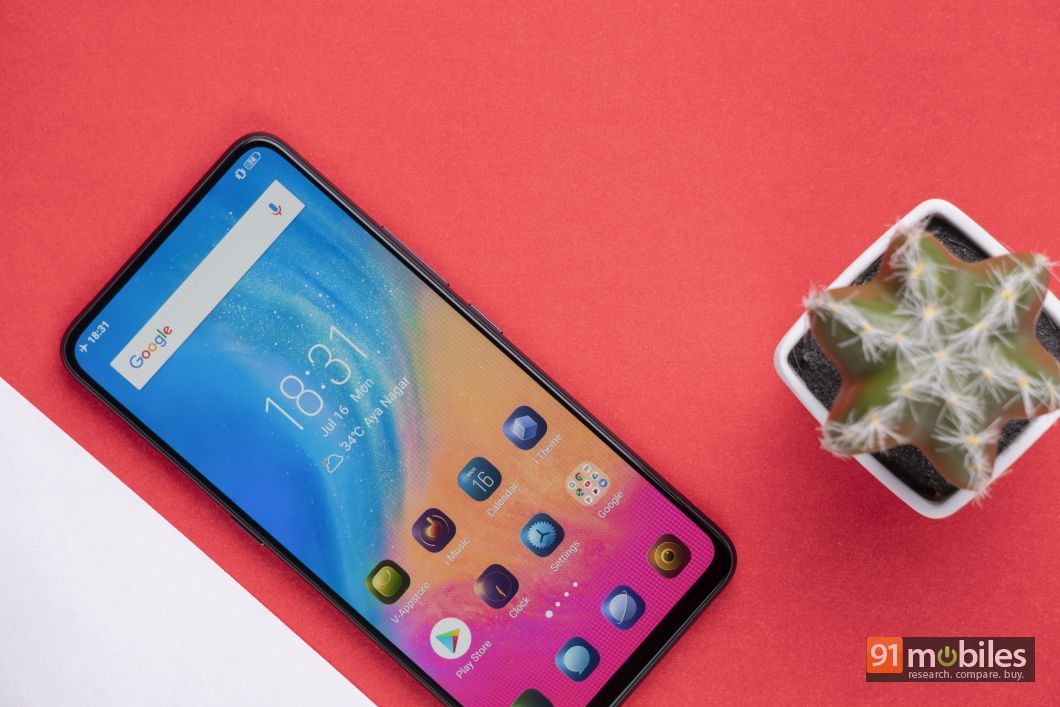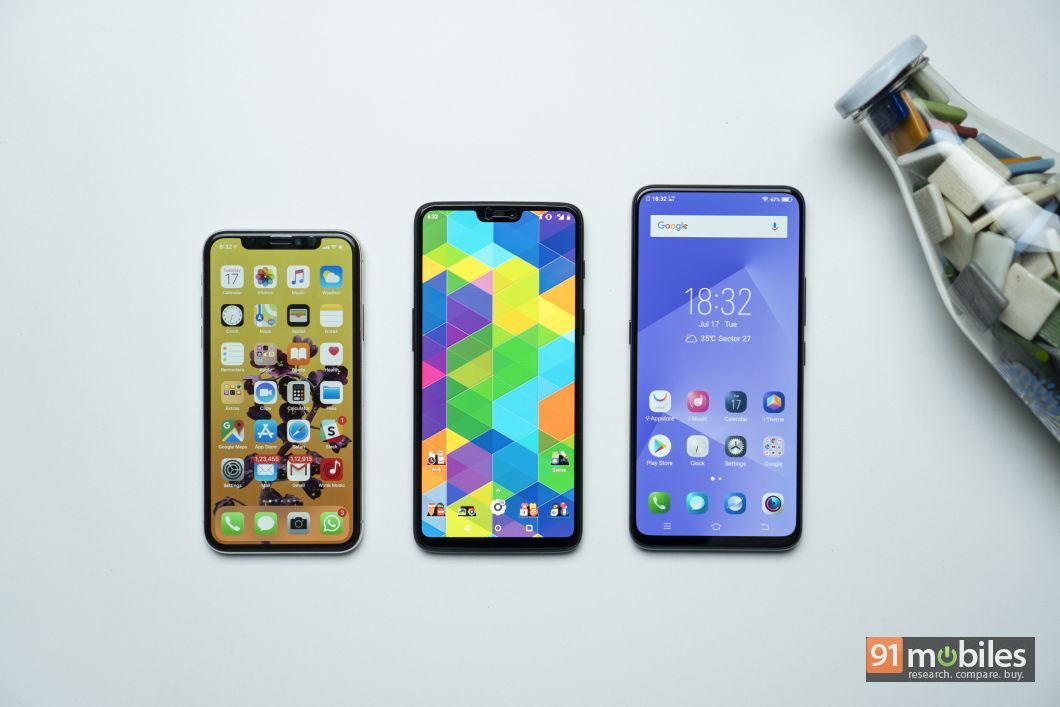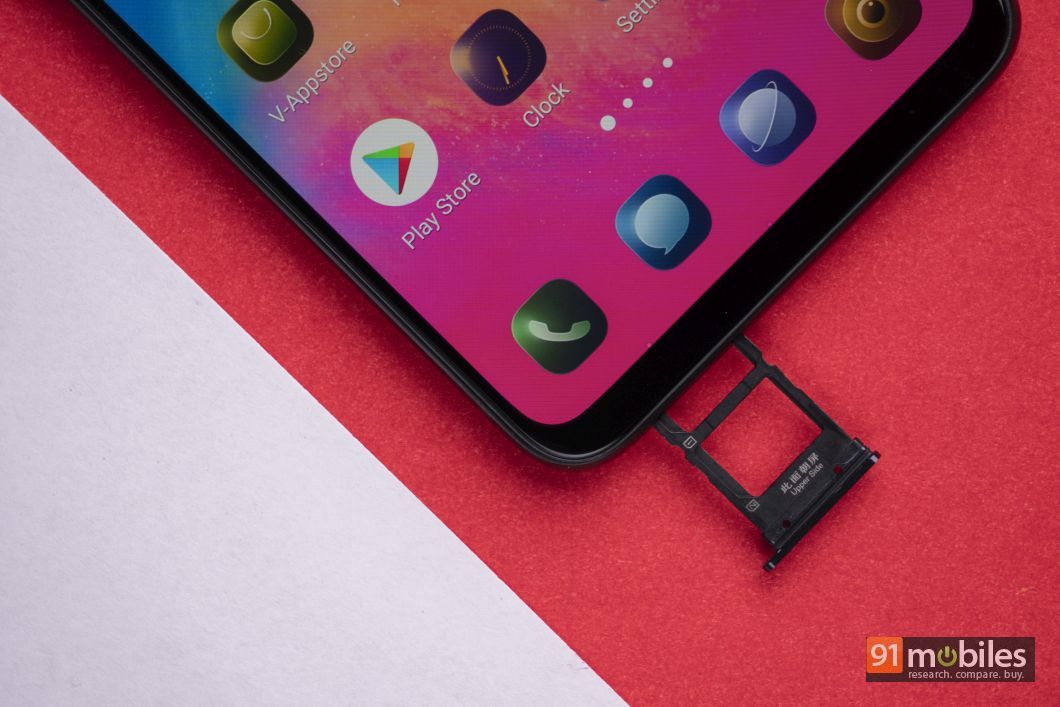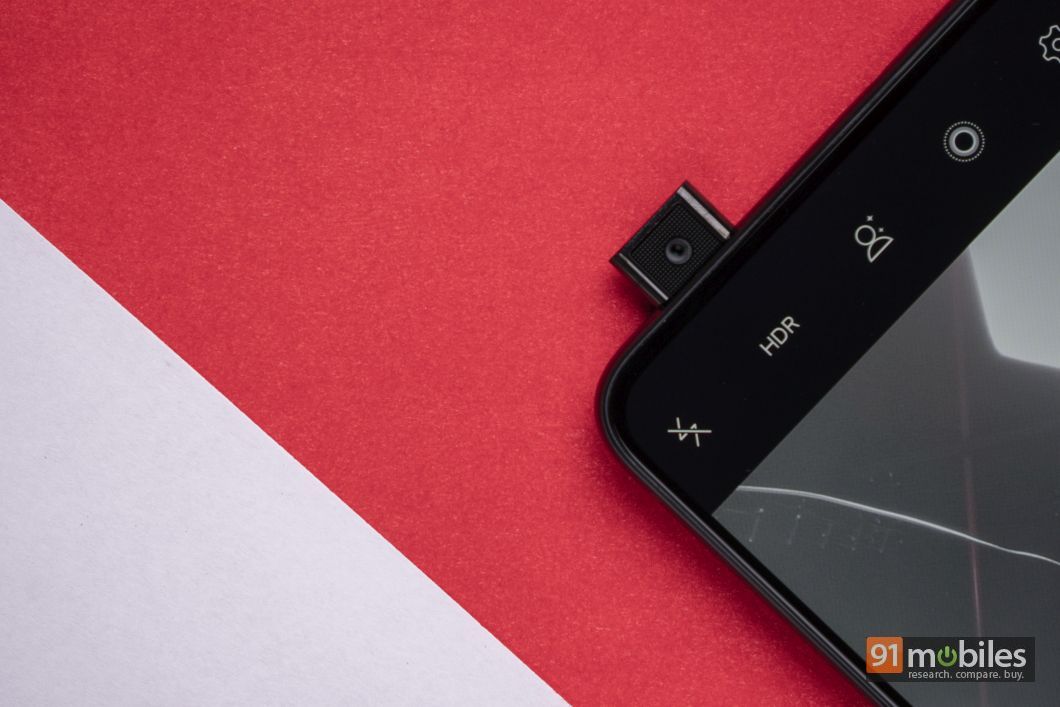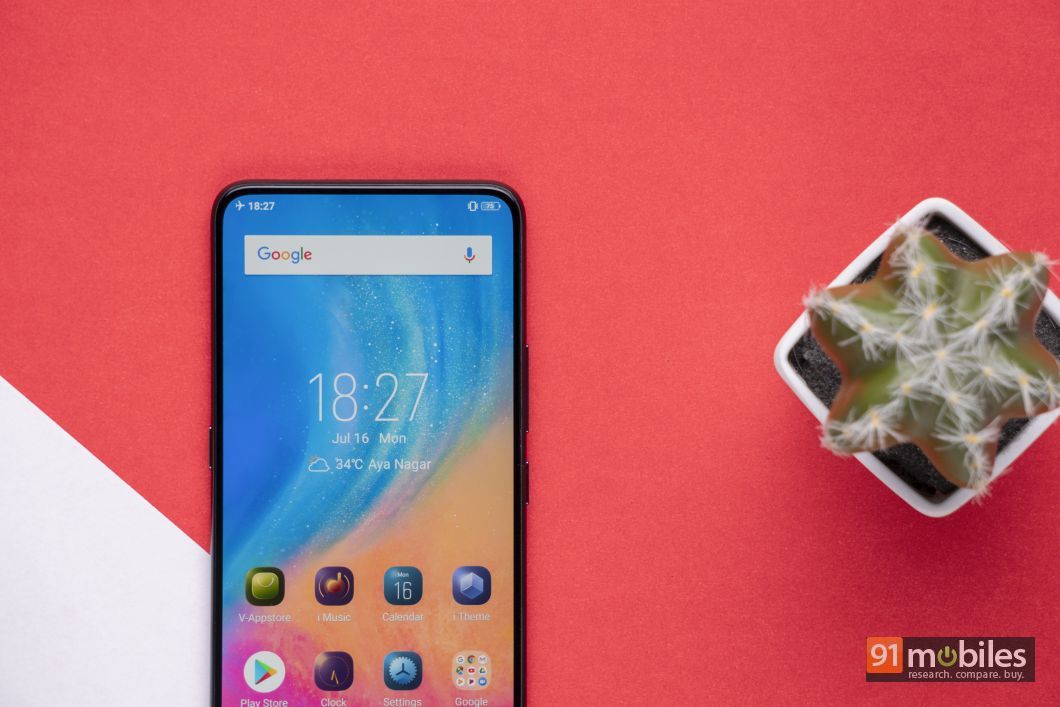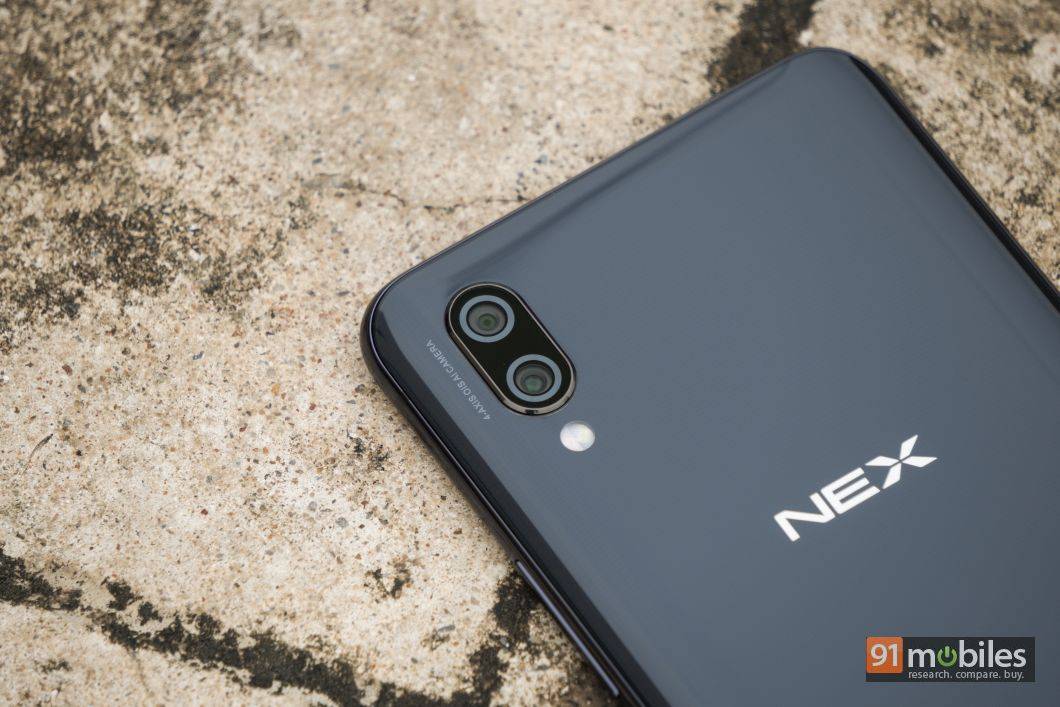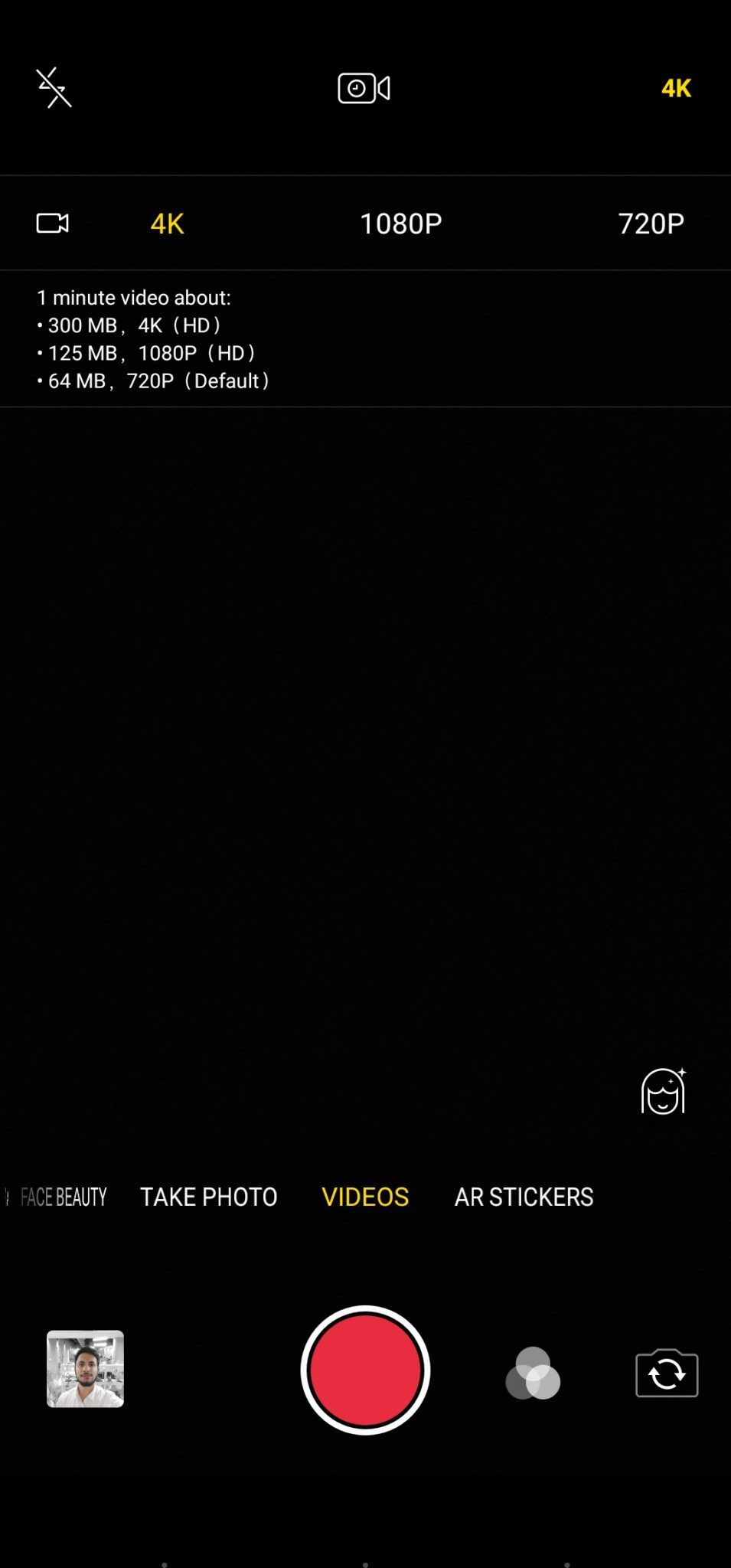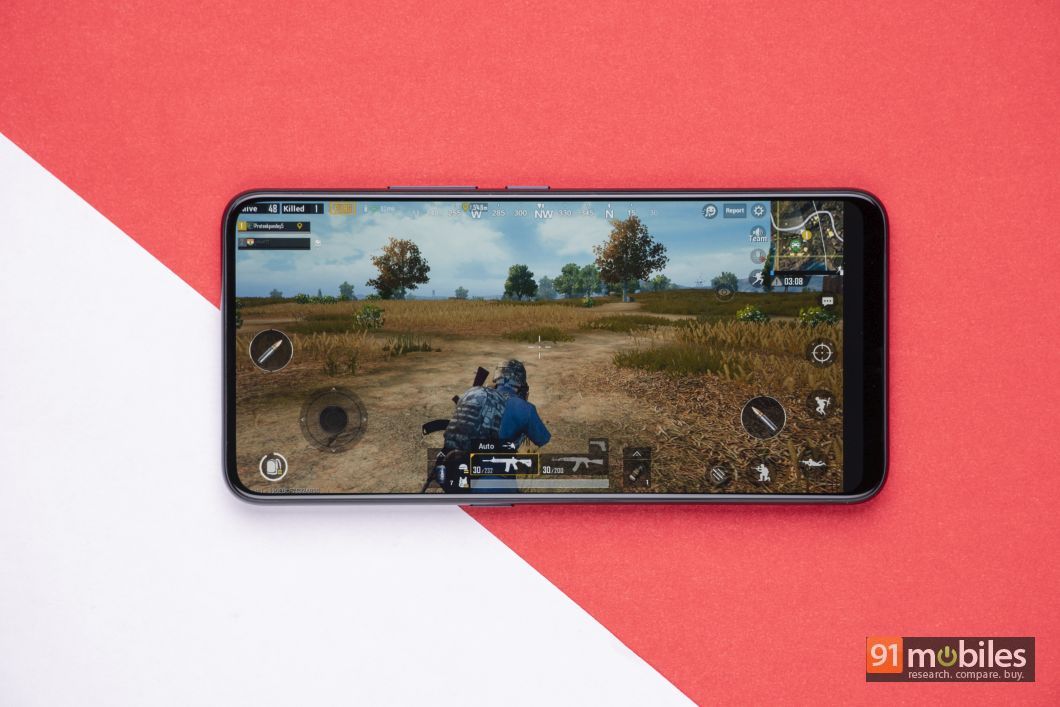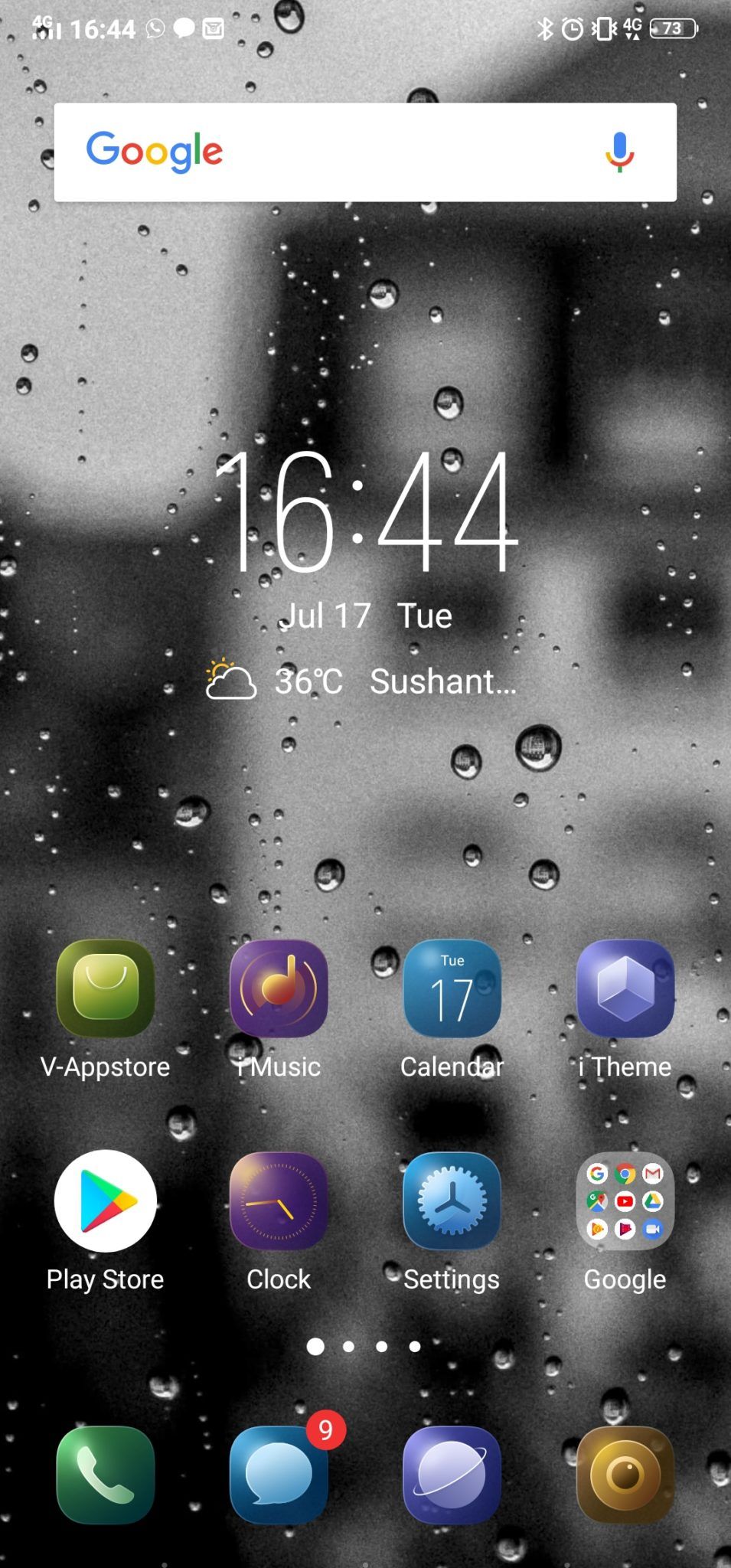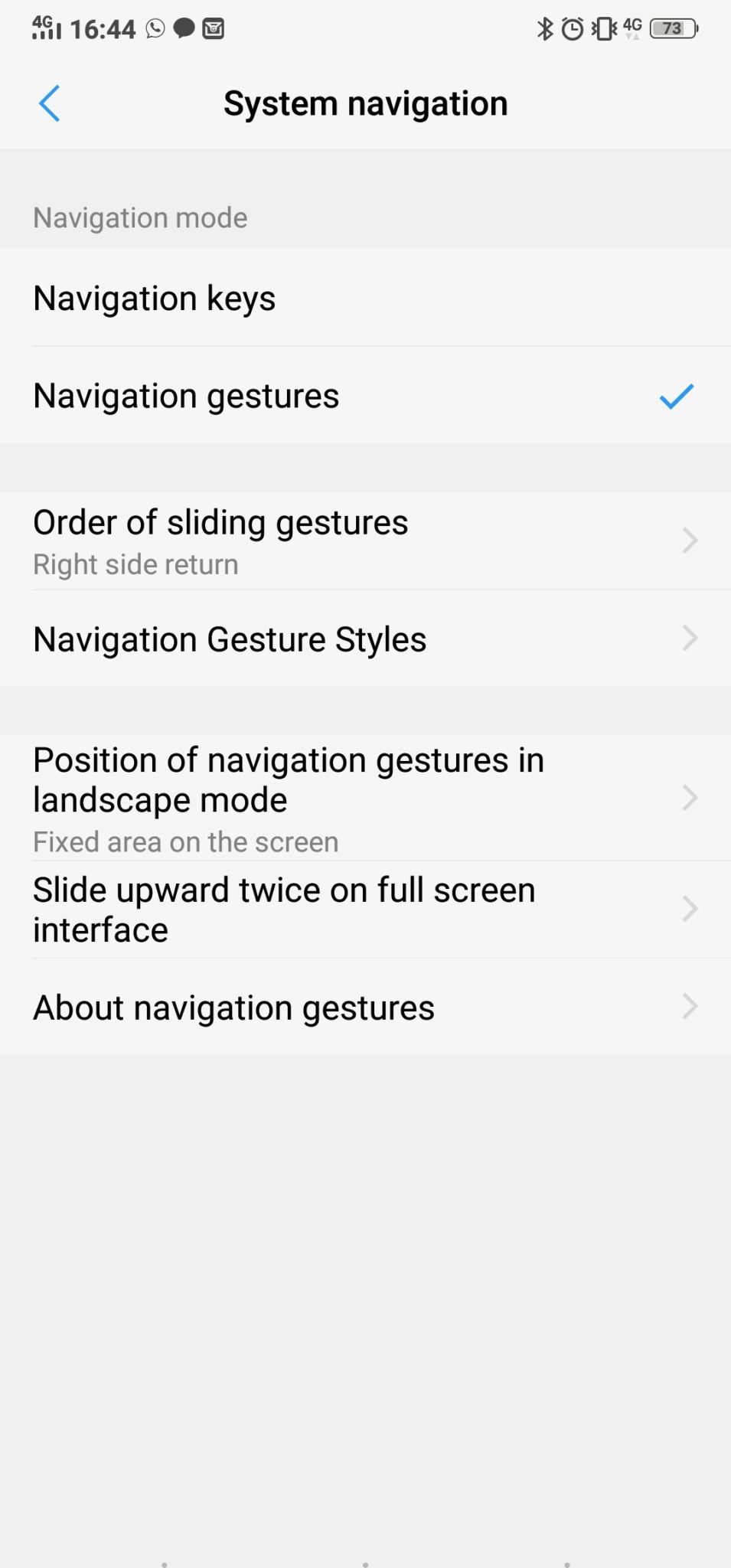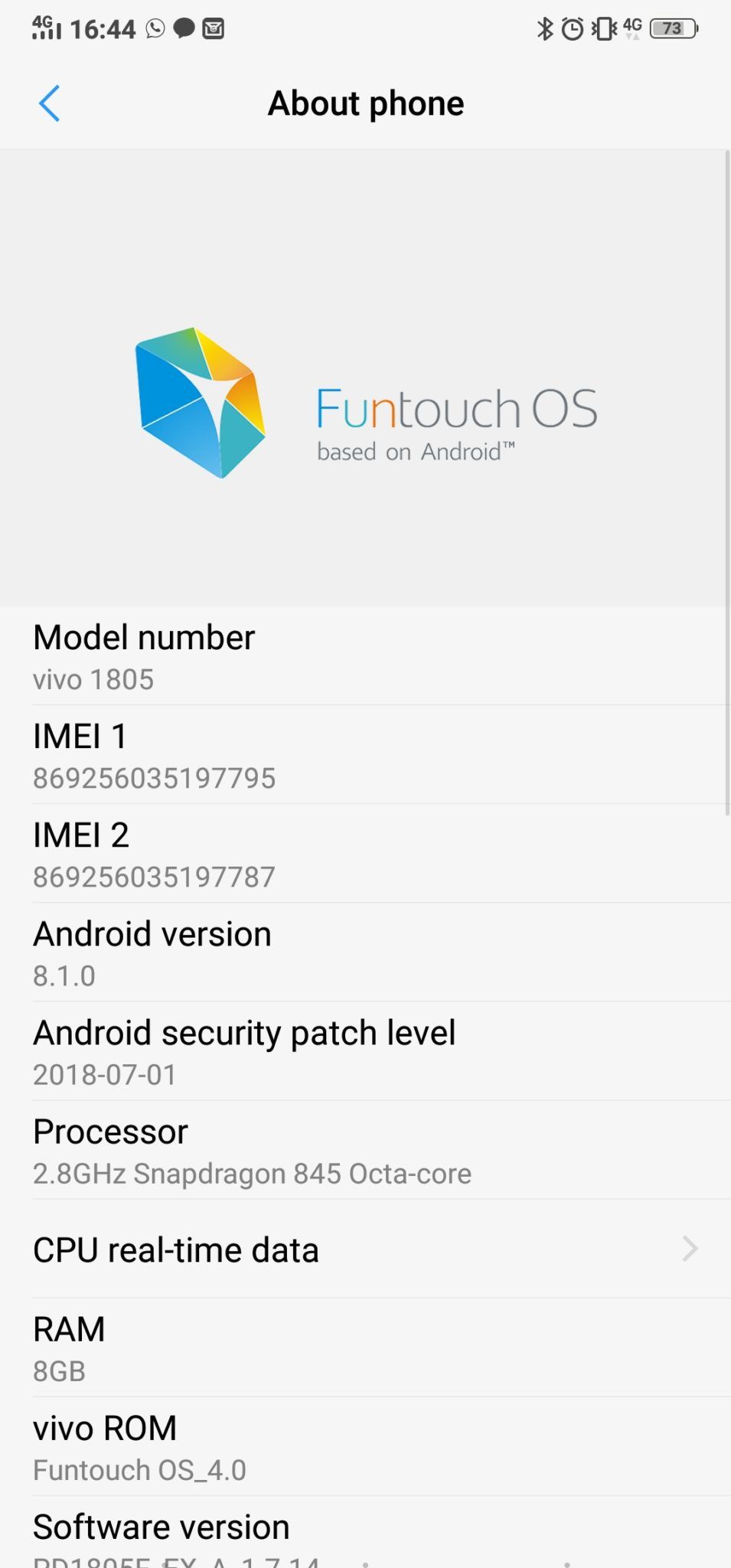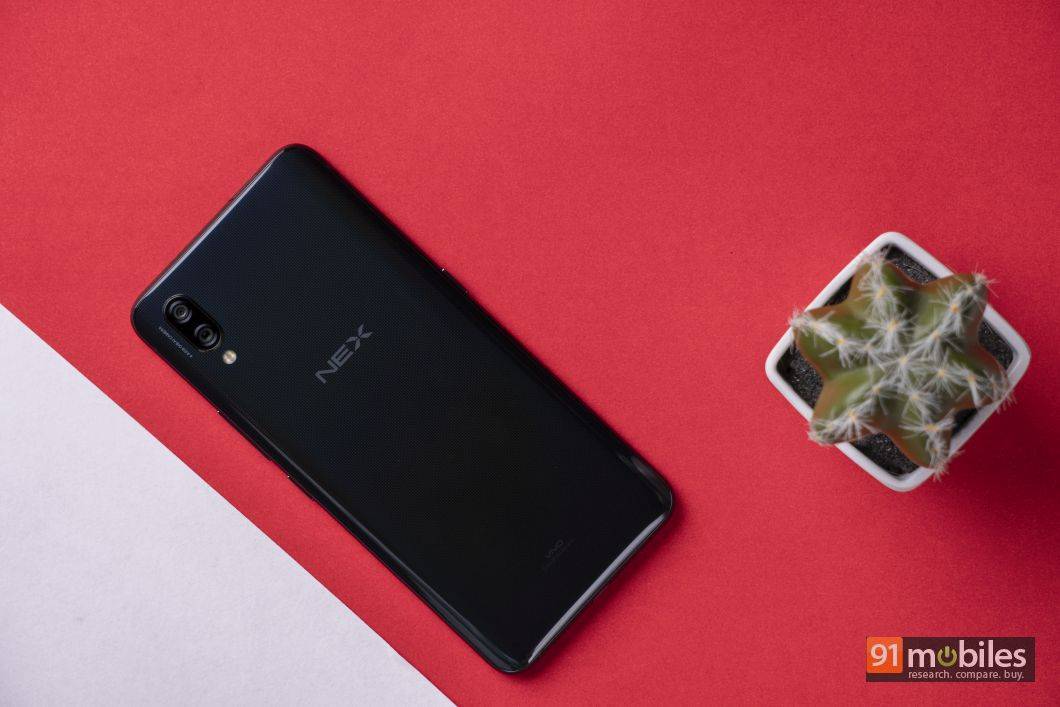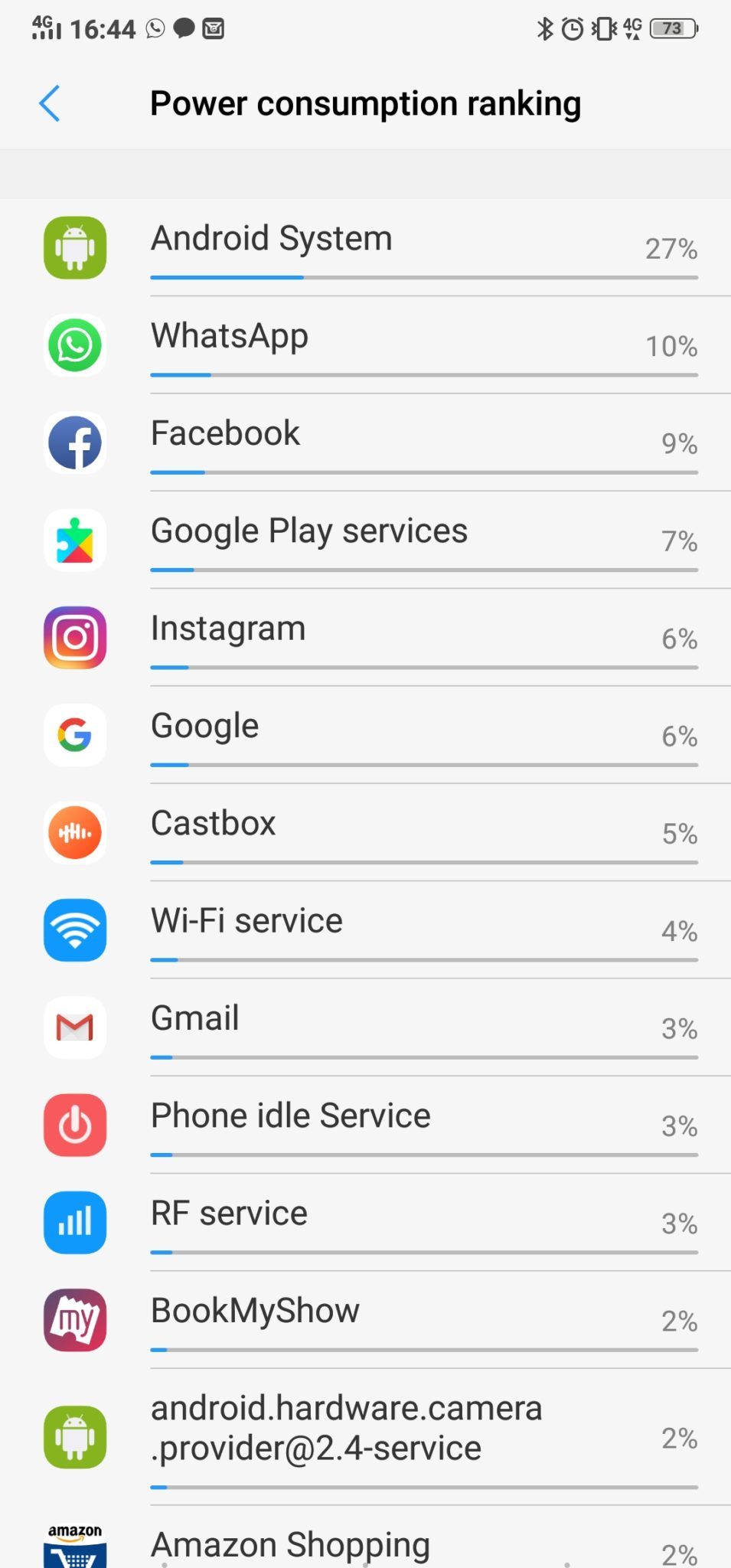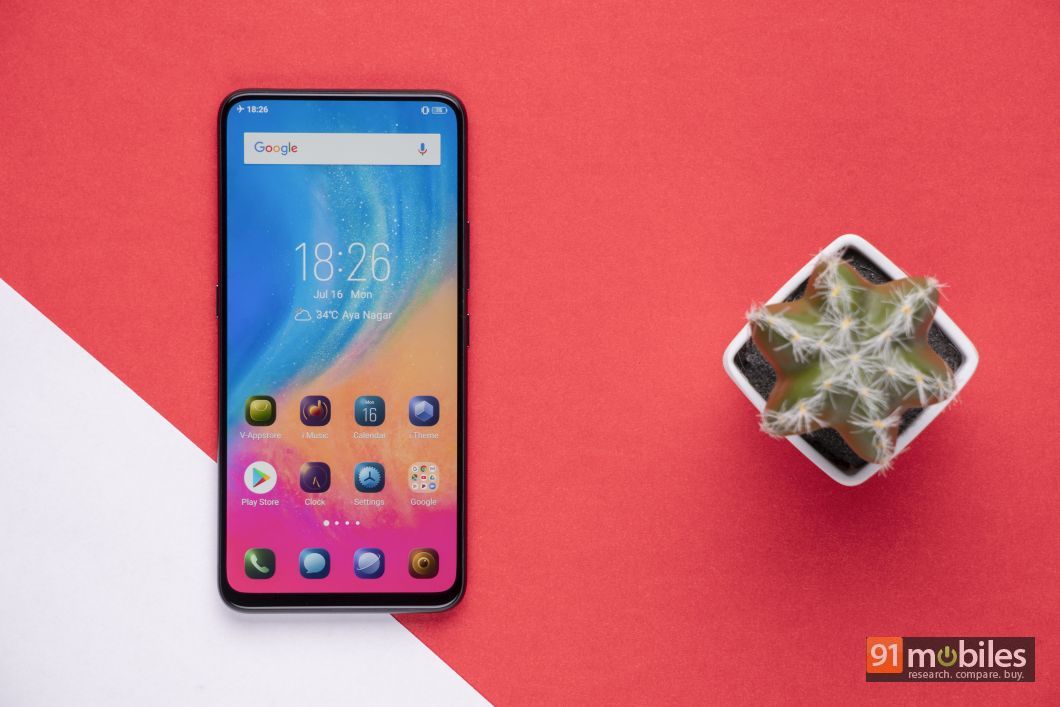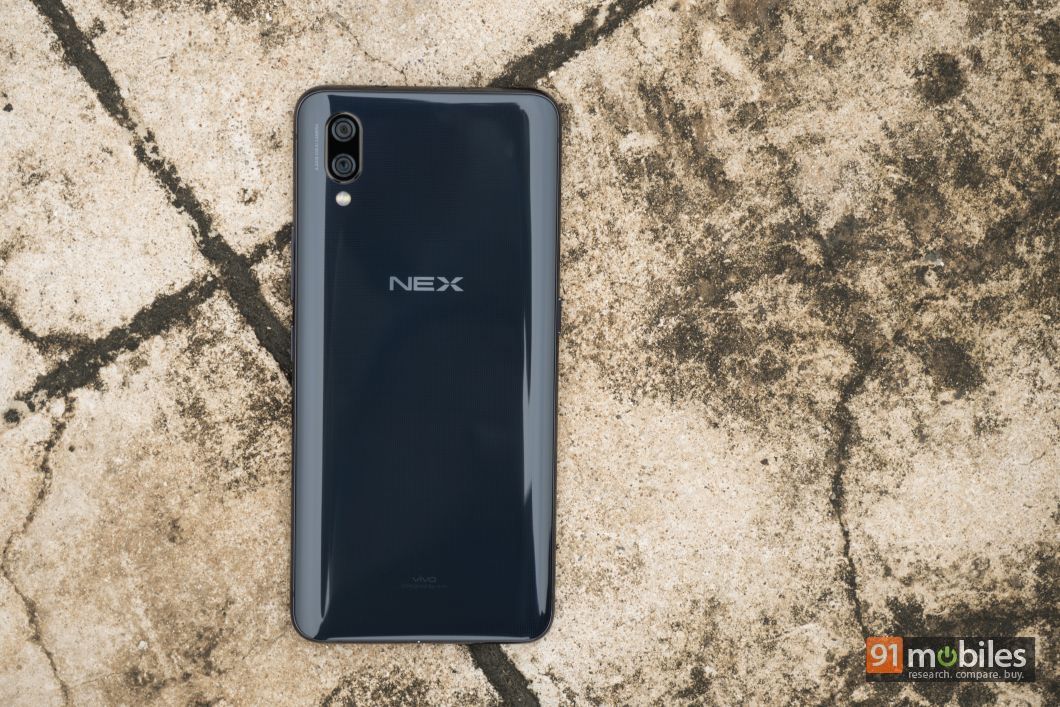“Our two cents on the futuristic Vivo NEX”
Raise your hand if you’ve grown up watching sci-fi movies like Minority Report, where smartphones were made up of nothing more than a thin sheen of glass. Well, I’m here to tell you that the smartphone from the future is here, and it hasn’t been manufactured by the Apples of the world. Instead, the device I’m referring to has been constructed by Vivo, a company better known for its selfie-centric offerings. The smartphone in question is the Vivo NEX, and the device is packed to the brim with a variety of next-gen features and top-notch specs.
It goes without saying that Vivo’s NEX is a monumental leap in smartphone innovation. But, the NEX is understandably not without its flaws. If you’re curious to know whether the phone from the future deserves a place in your pockets in the present, then read on.
Table of Contents
Specs at a glance
| Display | |
| Size | 6.59 Inch |
| Resolution | 1080 x 2316 pixels |
| Performance | |
| CPU | Quad core, 2.8 GHz + Quad core, 1.8 GHz, Snapdragon 845 |
| RAM | 8 GB |
| Storage | |
| Internal memory | 128 GB |
| Battery | |
| Capacity | 4000 mAH, Li-ion, Non removable |
| Camera | |
| Primary camera | 12 MP |
| Secondary camera | 8 MP |
| Connectivity | |
| Network support | Dual SIM 4G |
| Other options | Wi-Fi, Bluetooth 5.0, GPS |
| Others | |
| Battery Capacity | 4000 |
| Operating system | Android 8.1 Oreo |
Design and Display
The fact that the Vivo NEX is a truly bezel-less smartphone, and yet doesn’t ship with a notch is a feat in itself. Unlike most other manufacturers, the company’s decision to innovate, not ape has resulted in one of the best-looking flagships you’ll possibly see this year. You could spin the NEX any way you want, look at it from the top or the bottom, the smartphone just looks gorgeous from all angles.
That being said, the most captivating bit of the smartphone’s design is arguably it’s 6.59-inch display, which makes up over 91-percent of the smartphone’s front. For comparison, here’s a picture of the Vivo NEX with the Apple iPhone X (review) and the OnePlus 6 (review).
Right off the bat, you’ll notice that unlike other flagships, the display on the Vivo NEX isn’t marred by the presence of a fingerprint sensor, a notch or even a secondary camera module. To do so, Vivo had to go back to the drawing board and after what I can only guess as months of experimenting, the company unveiled the Apex Concept at MWC this year. The NEX builds upon the same principles which made the Apex Concept the talk of the town and ships with an under-the-display fingerprint sensor, a pop-out selfie camera, and a piezoelectric speaker. Let’s address each of these features individually.
Vivo has been working on an under-the-display fingerprint sensor for quite some time now. The brand initially partnered with Qualcomm last year to bring this tech to the masses. However, somewhere down the line, the deal fell through and Vivo instead partnered with Synaptics and used the company’s optical sensor on its X21 smartphone. History lesson aside, the fingerprint sensor onboard the Vivo NEX is a lot more polished than what we saw on its predecessor, the X21. For the unit to work, the sensor sees through the gaps between the pixels on the NEX’s AMOLED panel and captures a reflection of the user’s fingerprint. The sensor does take some time getting used to, and even though Vivo has made some improvements to it, it’s still not as quick or accurate as a physical fingerprint sensor. That being said, I’ll take the occasional delay in favour of a truly bezel-less display any day.
There’s no mistaking it – the NEX is a beautiful flagship, but after you’ve spent some time with it, the smartphone will seem like most other premium devices in the market. I’ve been using the handset for over a week and although I still admire its sleek bezels, they don’t wow me anymore. However, the novelty of opening the smartphone’s front camera still hasn’t worn off, and it’s what makes the NEX ‘cool’. So, every time you open the camera app and switch to the front camera, the secondary shooter will pop out from inside the smartphone’s chassis. You can also choose from three different sound presets to add a dramatic effect whenever the selfie camera is opening or retracting back inside the phone.
Although the pop-out selfie camera is quite cool, it does come with some caveats. There’s the obvious concern about the module’s longevity, since it is using mechanical parts which could wear out after some time. Now, Vivo does have some measures set in place to avoid such a scenario and you’ll get a warning if you open the front camera frequently. Moreover, should the camera app fail or crash and the selfie camera is stuck, you can push it back inside with a little bit of force. The company even claims that the external housing for the selfie camera has been constructed using stainless steel and that the unit can be ‘lifted’ 50,000 times without failing. Everything considered, only time will tell how well-oiled the mechanical parts inside the Vivo NEX are, but it’s always going to play at the back of someone’s mind who clicks a lot of selfies.
Lastly, the Vivo NEX doesn’t ship with a traditional earpiece and instead, uses the screen of the smartphone to project sound. Vivo calls this technology ‘sound casting’ and it does work, though the in-call volumes were a bit too low for my liking and I had to ask the person on the other end to repeat what they’d said on several occasions.
The back of the Vivo NEX is stunning too, mind you. The smartphone sports a glass-back design which features a matrix pattern that shimmers and exhibits different shades of a rainbow when light strikes it at an angle. Suffice it to say, you’ll attract a few eyeballs whenever you take the smartphone out of your pockets on a bright sunny day.
Despite its sleek bezels, the Vivo NEX is still a big smartphone which coupled with its slippery glass back, make it a nightmare to use with just one hand. Moreover, the smartphone is a lot more delicate compared to other offerings owing to the presence of motorised components as well as the lack of any IP certification. Therefore, I’d recommend you keep the smartphone wrapped in a case if you want to avoid frequent trips to the service centre.
The NEX’s massive 6.59-inch FHD+ display is an eye-candy and the panel flaunts wide viewing angles. Moreover, since the tech backing the smartphone’s display is Super AMOLED, you’ll get all the usual benefits associated with it, including deep blacks, good contrast and vivid colours. What’s more, there’s little-to-no backlit bleeding either and the panel gets plenty bright under direct sunlight too. Lastly, I must admit, the NEX is the first smartphone which has compelled me to use Android’s split-screen mode.
You’ll get plenty of screen real-estate with the smartphone which is spacious enough to fit two apps on the same pane comfortably. Unfortunately, only a handful of applications can be opened in split-screen mode at the moment, so you can’t Netflix and WhatsApp on the NEX at the same time.
Cameras
Cool quotient aside, how good is the pop-out selfie camera on the NEX? Well, Vivo knows a thing or two about selfies, considering how the brand has a range of selfie-centric smartphones available in India. Spec-wise, it’s an 8MP unit with f/2.0 aperture which clicks really good selfies, when there’s ample light around. That said, I did notice that the shooter softens the skin tones and removes blemishes even when you’re not clicking pictures in beauty mode. I didn’t have any problems with that since the end result was quite appealing. However, if you like to click authentic, true to life selfies, then you might have to look elsewhere.
Moving on, the performance of the selfie shooter in low light is admirable too and although the NEX lacks a dedicated LED flash module for the front shooter, the smartphone makes up for it by offering screen lighting. You’ll also get some neat parlour tricks with the NEX’s selfie camera too, such as the ability to take portraits with studio lighting effects and so on. Interestingly, choosing a lighting effect also adds an artificial bokeh to the images. For those wondering, the cut-out doesn’t seem unnatural, however you will notice some soft edges along the borders of your selfie.
All in all, the selfie-shooter on the Vivo NEX is excellent, but do bear in mind that unlike other smartphones, the pop-out shooter is a clear tell whenever you’re clicking selfies, especially if you’ve got the sound effects enabled. It might not be a deal-breaker for some, but rest assured, you will get some looks every now and then if you’re taking pictures with the NEX in public places.
The primary camera setup of the NEX comprises dual 12MP and 5MP shooters with f/1.8 and f/2.4 aperture respectively. The main shooter makes use of a Sony IMX363 sensor and also comes with 4-axis OIS, which should come in handy when you’re shooting videos. As far as the image quality is concerned, it’s right up there with the best of the best and the smartphone manages to take crisp photos with rich colours in broad daylight. The dynamic range is outstanding too and the built-in HDR mode adds just the right amount of contrast to the images without making them too saturated. Along the same lines, the portrait mode does well to differentiate between the subject and the background too, resulting in attractive pictures with a nice, blurry background.
That said, what impressed me the most is the camera’s performance in lowlight scenarios. Without a shadow of doubt, the NEX is among the top three smartphones when it comes to clicking pictures in dimly lit environments and the device manages to squeeze out colours from dark areas quite comfortably. You will notice a considerable amount of noise in the images, but that’s the case with all smartphone cameras.
Talking about the camera interface, the NEX’s camera app is nothing out of the ordinary. You can swipe left or right to switch between different modes and access the camera settings by clicking the cog wheel located towards the top right, above the viewfinder. As is the case with most other flagships, the NEX too comes bundled with AI smarts using which, the smartphone can automatically detect the scene. While it’s up for debate how much AI processing (if any at all) actually goes into shooting the images, the end result is what matters and the smartphone unquestionably delivers on that front.
Software and Performance
At the end of the day, the NEX is a smartphone and a flagship at that. So, if you were curious about the specs, you’ll get the usual array of a Snapdragon 845 processor, 8GB of RAM and 256GB of built-in, non-expandable storage with the device. Unsurprisingly, the NEX performs like a champ and opens applications or games in the blink of an eye. Graphically demanding titles like PUBG and Asphalt 8 ran without any jitters and the device managed to retain over a dozen apps in memory, making multitasking on the smartphone all that better. Moreover, thanks to its ginormous display, gaming on the smartphone is an enjoyable experience too, as your fingers don’t have to struggle for space.
I was greatly impressed with how well the smartphone handled thermals too and even after hours of continuous gaming, the NEX’s chassis stayed cool to the touch.
On the software side of things, the Vivo NEX boots Android Oreo with a skin of the company’s proprietary FunTouch OS on top. It’s a far cry from stock Android, but the skin does come bundled with some really nice features. For starters, I absolutely loved using gesture-based navigation on the smartphone, as the controls were intuitive and responded well to the touch. Moreover, since the smartphone is a bit clunky to use with just one hand, you can easily enable the one-handed mode by swiping inwards from the edge of the display and retracing the move back to the edge of the panel.
As is the case with most other Chinese skins, you’ll be able to customise the UI on the NEX to your liking by choosing from a plethora of themes available with the iTheme app. Everything considered, FunTouch OS has some neat features, but at the end of the day, you’ll either love using it, or you’ll install a custom launcher to make the experience more stock-like.
Now, the NEX wouldn’t be a 2018 flagship if it didn’t ship with AI. With that in mind, the smartphone comes with a solitary button on the left fascia, tapping which brings up the Google Lens. You can long-press the button to invoke the Google Assistant too, though much like what Samsung has done with its recent flagships, Vivo doesn’t let you reprogram the key to open a different application. That being said, you at least get the option to turn off the Google Lens functionality from within the settings.
Audio performance and Battery life
The NEX is among the rare breed of flagships which still ship with a headphone jack. Besides having the convenience of plugging in any 3.5mm headphones you might have lying around, the audio output from the Vivo NEX is excellent, thanks in no small part to the built-in V1 Hi-Fi DAC. Paired with the right set of headphones, the NEX makes a strong case against carrying a DAP with your smartphone at the same time.
Unfortunately, the mono speaker located at the bottom of the smartphone is not going to replace a dedicated Bluetooth speaker, even a cheap one at that. It gets sufficiently loud, however, there’s noticeably less richness in the sound output as compared to say, the iPhone X or the Galaxy S9+.

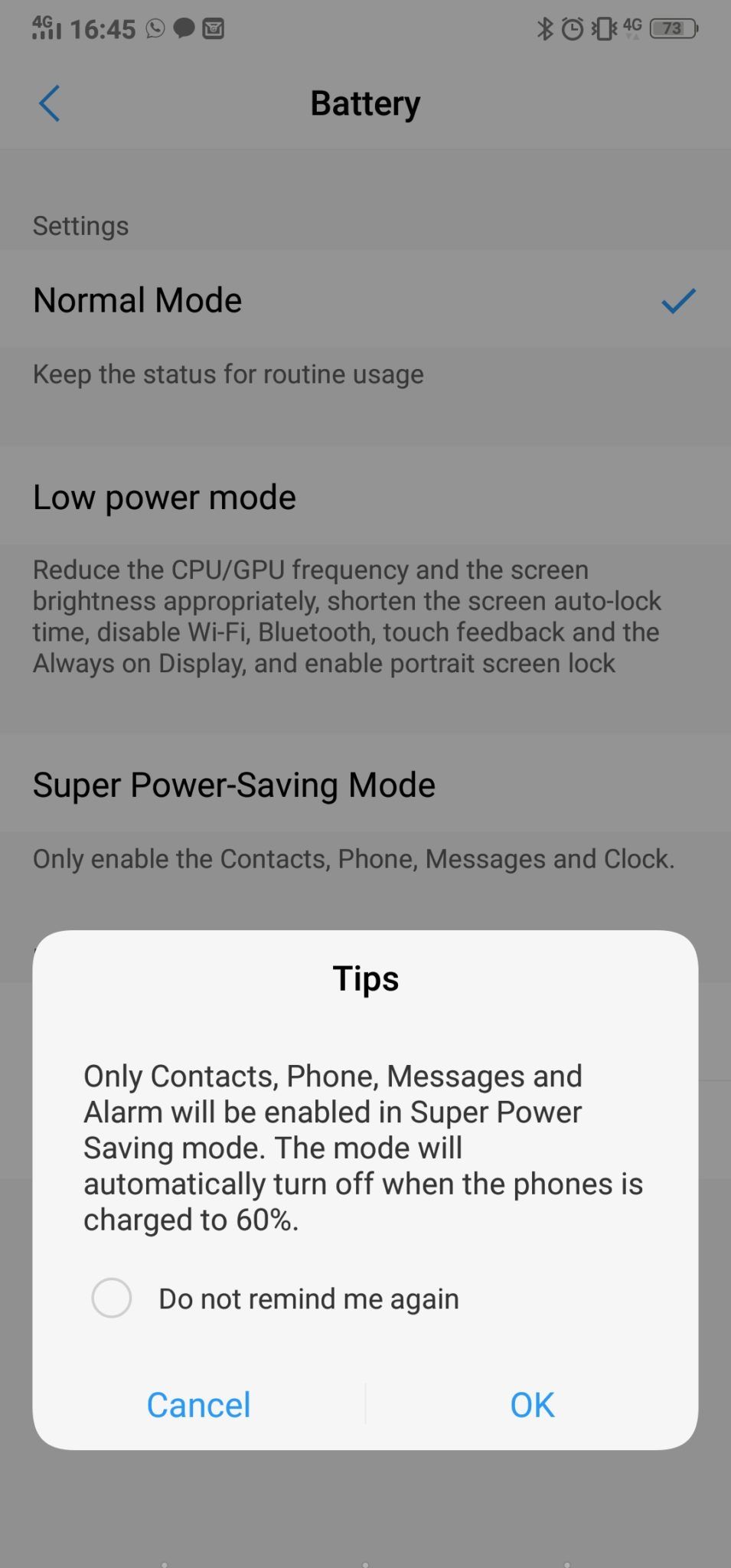
In the battery department, the NEX’s 4,000mAh pack comfortably saw me through the end of a heavy day which involved a lot of messaging, browsing my social media feeds, clicking a ton of selfies, listening to songs on Apple Music and some Netflix. The smartphone charges rapidly too, thanks to the addition of a 22W brick which takes about ten minutes to give the handset a six percent charge.
Verdict
The Vivo NEX easily takes the cake for the most exciting smartphone I’ve reviewed in a while. The device is a glimpse into the future and is a testament to the fact that smartphone innovation has in fact not gone down the drain. What’s more, the NEX scores big in three key areas and is equipped with great cameras, offers rapid fast performance and a day-long battery life too.
Consequently, the NEX is the most expensive smartphone to come out of Vivo’s stables and has been priced at (justifiably, if I may add) Rs 44,990. But, for all its innovations, the NEX is not without flaws and one cannot overlook the fact that the smartphone is a delicate darling, as it features motorised components and doesn’t ship with any sort of IP certification. Furthermore, the NEX doesn’t come with features like wireless charging, has a relatively slower fingerprint sensor as compared to other flagships and is poor at relaying calls clearly too. These may or may not be deal breakers for you depending upon your usage, but if you’re willing to live with these trade-offs, the NEX comes across as a flagship worth taking a second look at.
That’s not to say that it doesn’t face any competition, especially if you don’t mind the notch. You could save a bunch on the OnePlus 6 or even the recently-launched ASUS ZenFone 5Z (review), both of which offer similar performance, and feature stunning glass-sandwich designs… though lose out on the imaging front. If pricing isn’t the determining factor for your purchase, then there are other premium flagships as well, including the Samsung Galaxy S9+ (review) and the Huawei P20 Pro (review). Lest I forget, the recently-launched OPPO Find X (first impressions) also comes with a sliding-camera mechanism to deliver a truly bezel-less experience albeit commands a premium worth Rs 59,990.
Everything considered, the NEX is a sign of the changing times, and we can’t wait to see how other manufacturers will take Vivo’s approach forward.
Editor’s rating: 4 / 5
Pros:
- Stunning, innovative design
- Solid performer
- Capable cameras
- Good battery life
Cons:
- Motorised parts could break
- No IP certification
- Call quality not up to the mark

